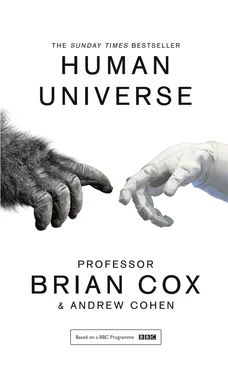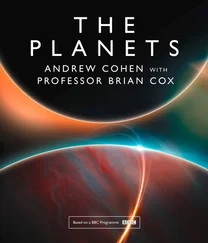Friedrich Bessel is best known to a physicist or mathematician for his work on the mathematical functions that bear his name. Pretty much any engineering or physical problem that involves a cylindrical or spherical geometry ends up with the use of Bessel functions, and, in blissful ignorance, you will probably encounter some piece of technology that has relied on them in the design process at some point today. But Bessel was first and foremost an astronomer, being appointed director of the Königsberg Observatory at the age of only 25. In 1838, Bessel observed that 61 Cygni shifted its position in the sky by approximately two-thirds of an arcsecond over a period of a year as viewed from Earth. That’s not very much – an arcsecond is one 3600th of a degree. It is enough, however, to do a bit of trigonometry and calculate that 61 Cygni is 10.3 light years away from our solar system. This compares very favourably with the modern measurement of the distance, 11.41 ± 0.02 light years. Parallax is so important in astronomy that there is a measurement system completely based on it, which allows you to do these sums in your head. Astronomers use a distance measurement known as a parsec – which stands for ‘per arcsecond’. This is the distance of a star from the Sun that has a parallax of 1 arcsecond. One parsec is 3.26 light years. Bessel’s measurement of the parallax of 61 Cygni was 0.314 arcseconds, and this immediately implies that it’s around 10 light years away.
Even today, stellar parallax remains the most accurate way of determining the distance to nearby stars, because it is a direct measurement which uses only trigonometry and requires no assumptions or physical models. On 19 December 2013 the Gaia space telescope was launched on a Soyuz rocket from French Guiana. The mission will measure, by parallax, the positions and motions of a billion stars in our galaxy over five years. This data will provide an accurate and dynamic 3D map of the galaxy, which in turn will allow for an exploration of the history of the Milky Way, because Newton’s laws, which govern the motions of all these stars under the gravitational pull of each other, can be run backwards as well as forwards in time. Given precise measurements of the positions and velocities of 1 per cent of the stars in the Milky Way, it is possible to ask what the configuration of the stars looked like millions or even billions of years ago. This enables astronomers to build simulations of the evolution of our galaxy, revealing its history of collisions and mergers with other galaxies over 13 billion years, stretching back to the beginning of the universe. Newton and Bessel would have loved it.
Stellar parallax, when deployed using a twenty-first-century orbiting observatory, is a powerful technique for mapping our galaxy out to distances of many thousands of light years. Beyond our galaxy, however, the distances are far too great to employ this direct method of distance measurement. In the mid-nineteenth century, this might have appeared an insurmountable problem, but science doesn’t proceed by measurement alone. As Newton so powerfully demonstrated, scientific progress often proceeds through the interaction between theory and observation. Newton’s Law of Gravitation is a theory; in physics this usually means a mathematical model that can be applied to explain or predict the behaviour of some part of the natural world. How might we measure the mass of a planet? We can’t ‘weigh’ it directly, but given Newton’s laws we can determine the planet’s mass very accurately if it has a moon. The logic is quite simple – the moon’s orbit clearly has something to do with the planet’s gravity, which in turn has something to do with its mass. These relationships are encoded in Newton’s law, and careful observation of the moon’s orbit around the planet therefore allows for the planet’s mass to be determined. For the more mathematical reader, the equation is:

where a is the (time-averaged) distance between the planet and the moon, G is Newton’s gravitational constant and P is the period of the orbit. (This equation is in fact Kepler’s third law, discovered empirically by Kepler in 1619. Kepler’s laws can be derived from Newton’s law of gravitation.) Under the assumption that the mass of the planet is far larger than the mass of the Moon, this equation allows for the mass of the planet to be measured. This is how theoretical physics can be used to extract measurements from observation, given a mathematical model of the system. To measure the distance to objects that are too far away to use parallax, therefore, we need to find a theory or mathematical relationship that allows for a measurement of something – anything – to be related to distance. The first relationship of this type, which opened the door to all other methods of distance measurement out to the edge of the observable universe, was discovered at the end of the nineteenth century by an American astronomer named Henrietta Leavitt.
Конец ознакомительного фрагмента.
Текст предоставлен ООО «ЛитРес».
Прочитайте эту книгу целиком, купив полную легальную версию на ЛитРес.
Безопасно оплатить книгу можно банковской картой Visa, MasterCard, Maestro, со счета мобильного телефона, с платежного терминала, в салоне МТС или Связной, через PayPal, WebMoney, Яндекс.Деньги, QIWI Кошелек, бонусными картами или другим удобным Вам способом.













